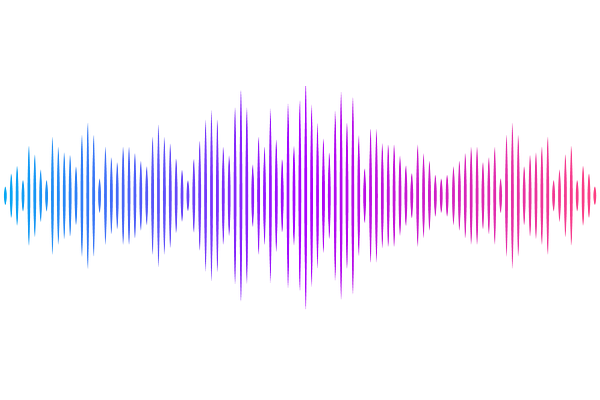Evidence for chiral supercurrent in quantum Hall Josephson junctions

Evidence for chiral supercurrent in quantum Hall Josephson junctions
Hadrien Vignaud, David Perconte, Wenmin Yang, Bilal Kousar, Edouard Wagner, Frédéric Gay, Kenji Watanabe, Takashi Taniguchi, Hervé Courtois, Zheng Han, Hermann Sellier, Benjamin Sacépé
AbstractHybridizing superconductivity with the quantum Hall (QH) effects has major potential for designing novel circuits capable of inducing and manipulating non-Abelian states for topological quantum computation. However, despite recent experimental progress towards this hybridization, concrete evidence for a chiral QH Josephson junction -- the elemental building block for coherent superconducting-QH circuits -- is still lacking. Its expected signature is an unusual chiral supercurrent flowing in QH edge channels, which oscillates with a specific $2\phi_0$ magnetic flux periodicity ($\phi_0=h/2e$ is the superconducting flux quantum, $h$ the Planck constant and $e$ the electron charge). Here, we show that ultra-narrow Josephson junctions defined in encapsulated graphene nanoribbons exhibit such a chiral supercurrent, visible up to 8 teslas, and carried by the spin-degenerate edge channel of the QH plateau of resistance $h/2e^2\simeq 12.9$ k$\Omega$. We observe reproducible $2\phi_0$-periodic oscillation of the supercurrent, which emerges at constant filling factor when the area of the loop formed by the QH edge channel is constant, within a magnetic-length correction that we resolve in the data. Furthermore, by varying the junction geometry, we show that reducing the superconductor/normal interface length is pivotal to obtain a measurable supercurrent on QH plateaus, in agreement with theories predicting dephasing along the superconducting interface. Our findings mark a critical milestone along the path to explore correlated and fractional QH-based superconducting devices that should host non-Abelian Majorana and parafermion zero modes.